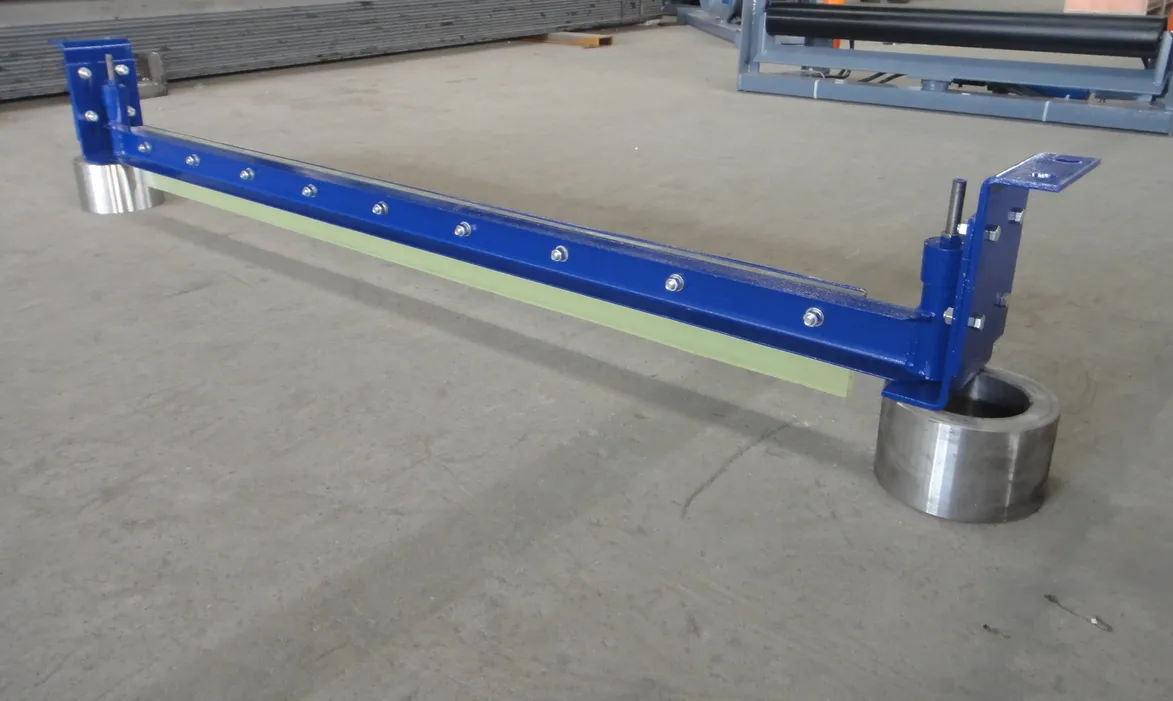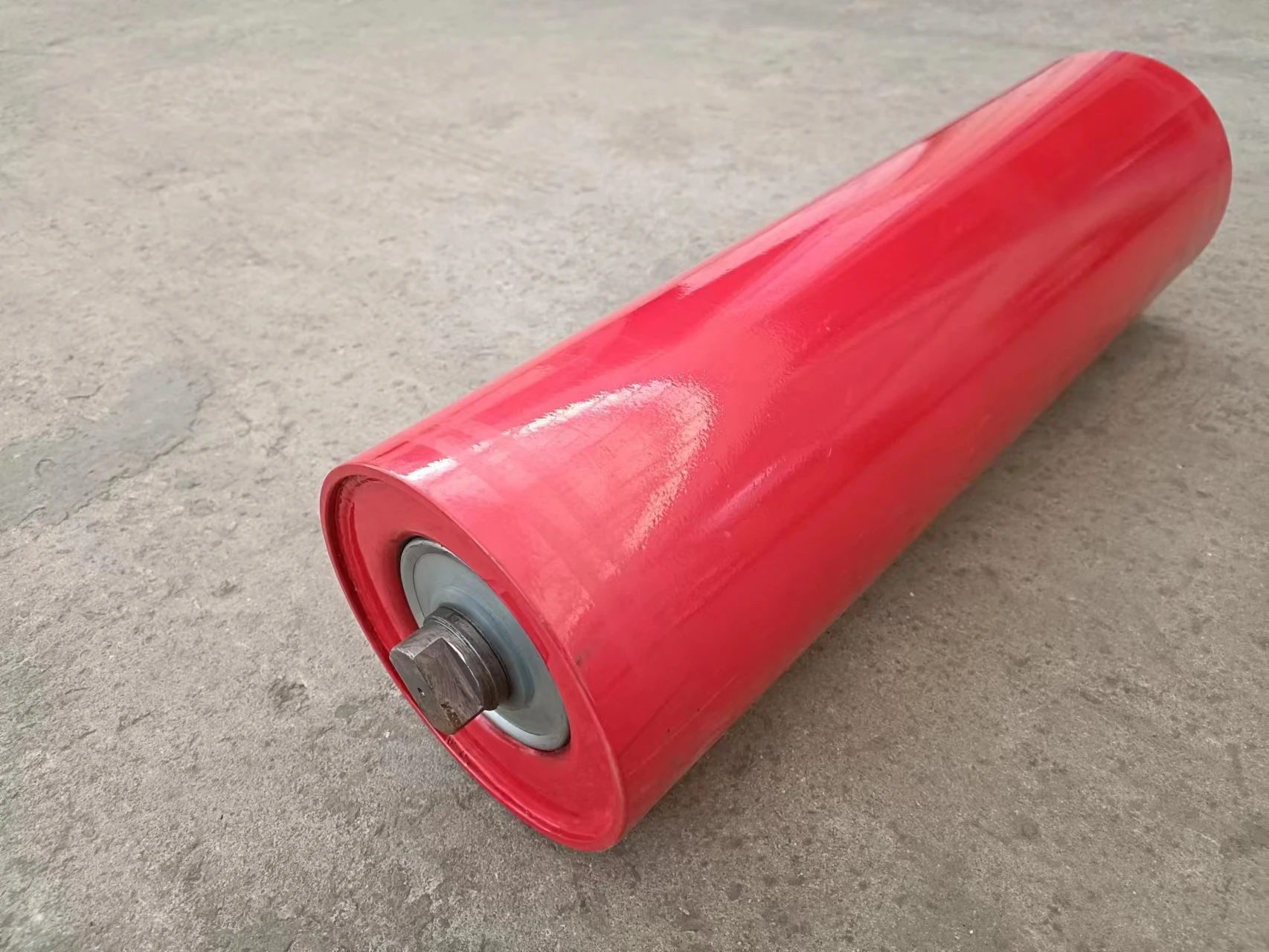 Afrikaans
Afrikaans  Albanian
Albanian  Amharic
Amharic  Arabic
Arabic  Armenian
Armenian  Azerbaijani
Azerbaijani  Basque
Basque  Belarusian
Belarusian  Bengali
Bengali  Bosnian
Bosnian  Bulgarian
Bulgarian  Catalan
Catalan  Cebuano
Cebuano  Corsican
Corsican  Croatian
Croatian  Czech
Czech  Danish
Danish  Dutch
Dutch  English
English  Esperanto
Esperanto  Estonian
Estonian  Finnish
Finnish  French
French  Frisian
Frisian  Galician
Galician  Georgian
Georgian  German
German  Greek
Greek  Gujarati
Gujarati  Haitian Creole
Haitian Creole  hausa
hausa  hawaiian
hawaiian  Hebrew
Hebrew  Hindi
Hindi  Miao
Miao  Hungarian
Hungarian  Icelandic
Icelandic  igbo
igbo  Indonesian
Indonesian  irish
irish  Italian
Italian  Japanese
Japanese  Javanese
Javanese  Kannada
Kannada  kazakh
kazakh  Khmer
Khmer  Rwandese
Rwandese  Korean
Korean  Kurdish
Kurdish  Kyrgyz
Kyrgyz  Lao
Lao  Latin
Latin  Latvian
Latvian  Lithuanian
Lithuanian  Luxembourgish
Luxembourgish  Macedonian
Macedonian  Malgashi
Malgashi  Malay
Malay  Malayalam
Malayalam  Maltese
Maltese  Maori
Maori  Marathi
Marathi  Mongolian
Mongolian  Myanmar
Myanmar  Nepali
Nepali  Norwegian
Norwegian  Norwegian
Norwegian  Occitan
Occitan  Pashto
Pashto  Persian
Persian  Polish
Polish  Portuguese
Portuguese  Punjabi
Punjabi  Romanian
Romanian  Russian
Russian  Samoan
Samoan  Scottish Gaelic
Scottish Gaelic  Serbian
Serbian  Sesotho
Sesotho  Shona
Shona  Sindhi
Sindhi  Sinhala
Sinhala  Slovak
Slovak  Slovenian
Slovenian  Somali
Somali  Spanish
Spanish  Sundanese
Sundanese  Swahili
Swahili  Swedish
Swedish  Tagalog
Tagalog  Tajik
Tajik  Tamil
Tamil  Tatar
Tatar  Telugu
Telugu  Thai
Thai  Turkish
Turkish  Turkmen
Turkmen  Ukrainian
Ukrainian  Urdu
Urdu  Uighur
Uighur  Uzbek
Uzbek  Vietnamese
Vietnamese  Welsh
Welsh  Bantu
Bantu  Yiddish
Yiddish  Yoruba
Yoruba  Zulu
Zulu Feb . 19, 2025 09:50
Back to list
Rubber Lagging Pulley
Pulley lagging is a crucial element in numerous industrial applications, playing an integral role in the efficiency and performance of conveyor systems. Its relevance is underscored by the various types that cater to diverse operational demands. An understanding of the different types of pulley lagging, their specific features, and applications enhances the decision-making process for engineers and plant managers, ensuring optimal system performance.
Polyurethane lagging serves as a flexible yet tough alternative for applications requiring a mix of durability and elasticity. Its chemical resistance and ability to withstand cuts and tears make it suitable for textile and logistics industries where lightweight and robust materials are essential. Polyurethane lagging’s superior bonding with metal substrates guarantees lasting adhesion, reducing the need for frequent repair or replacement. Finally, diamond-pattern lagging is engineered to optimize traction and enhance water drainage. This pattern is vital in outdoor conveyor systems where water can accumulate, potentially causing belt slippage and inefficiency. The raised diamond shapes in the lagging design disperse water effectively, maintaining optimal belt-pulley contact and operational continuity. This type of lagging is particularly beneficial in agricultural and construction settings dealing with variable weather patterns. Choosing the right type of pulley lagging is instrumental in achieving operational excellence. Factors such as environmental conditions, material type, and required traction levels all play a pivotal role in determining the most suitable option. By selecting lagging that aligns with specific industrial requirements, operational downtime is minimized, and conveyor belt longevity is maximized. This decision not only optimizes performance but also substantiates a commitment to efficiency and sustainability, marking a strategic advancement in industrial operations. Each type of pulley lagging presents distinct advantages that align with particular industrial needs, enabling engineers to make informed selections that bolster system reliability and efficiency. As technology and materials continue to advance, these options will offer even greater customization and specificity, driving productivity across sectors.


Polyurethane lagging serves as a flexible yet tough alternative for applications requiring a mix of durability and elasticity. Its chemical resistance and ability to withstand cuts and tears make it suitable for textile and logistics industries where lightweight and robust materials are essential. Polyurethane lagging’s superior bonding with metal substrates guarantees lasting adhesion, reducing the need for frequent repair or replacement. Finally, diamond-pattern lagging is engineered to optimize traction and enhance water drainage. This pattern is vital in outdoor conveyor systems where water can accumulate, potentially causing belt slippage and inefficiency. The raised diamond shapes in the lagging design disperse water effectively, maintaining optimal belt-pulley contact and operational continuity. This type of lagging is particularly beneficial in agricultural and construction settings dealing with variable weather patterns. Choosing the right type of pulley lagging is instrumental in achieving operational excellence. Factors such as environmental conditions, material type, and required traction levels all play a pivotal role in determining the most suitable option. By selecting lagging that aligns with specific industrial requirements, operational downtime is minimized, and conveyor belt longevity is maximized. This decision not only optimizes performance but also substantiates a commitment to efficiency and sustainability, marking a strategic advancement in industrial operations. Each type of pulley lagging presents distinct advantages that align with particular industrial needs, enabling engineers to make informed selections that bolster system reliability and efficiency. As technology and materials continue to advance, these options will offer even greater customization and specificity, driving productivity across sectors.
Next:
Latest news
-
Revolutionizing Conveyor Reliability with Advanced Rubber Lagging PulleysNewsJul.22,2025
-
Powering Precision and Durability with Expert Manufacturers of Conveyor ComponentsNewsJul.22,2025
-
Optimizing Conveyor Systems with Advanced Conveyor AccessoriesNewsJul.22,2025
-
Maximize Conveyor Efficiency with Quality Conveyor Idler PulleysNewsJul.22,2025
-
Future-Proof Your Conveyor System with High-Performance Polyurethane RollerNewsJul.22,2025
-
Driving Efficiency Forward with Quality Idlers and RollersNewsJul.22,2025
OUR PRODUCTS





























